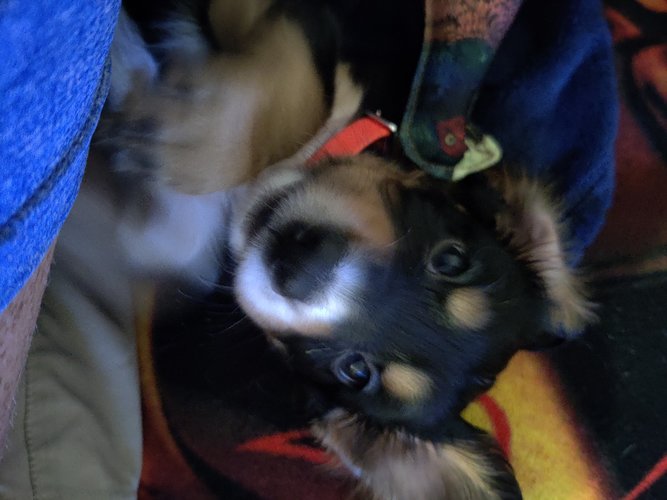RyeGuy74
Active member
- Joined
- Aug 14, 2019
- Messages
- 107
Hello! I brought home my EC, and first bird dog, a little over a week ago and he's kept me quite busy with getting him use to me, my house, and a routine. Thanks to his puppy biting it looks like I tried to give a handshake to a chainsaw lol. I'm still working on his basic obedience but I was just wondering if any you experienced trainers/hunters had any advice for a new guy? Anything that maybe you wish you knew when you started? Whether it be the basic obedience part or field advice. I'm all ears! Thanks in advance! I've attached a pic of boy Chester because he's the best looking pup this side of the Mississippi!





